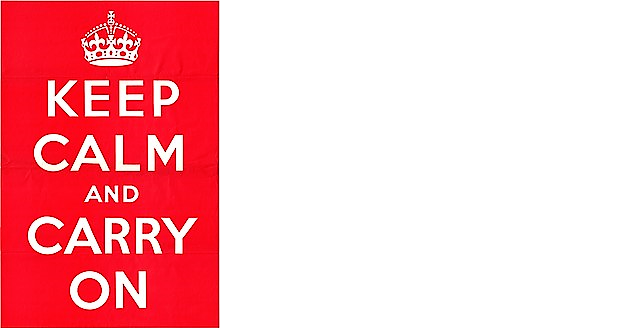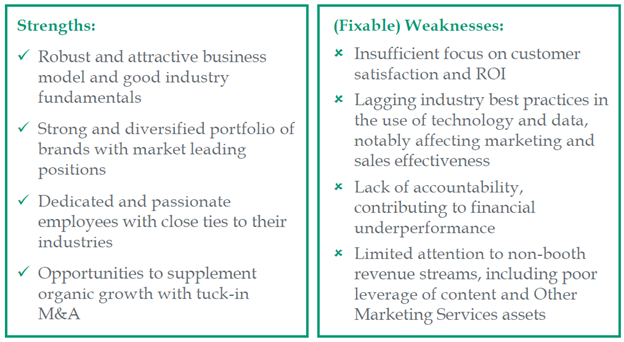It took two guys like author Chris Diamond and his editor
Andy Bigford to make this book as valuable as it is. Their combined 88 or so years in the industry
means they have the knowledge, perspective and access to write this book, and
the book takes full advantage. When
Chris says “ski” he means ski, snowboard, etc. through the whole book.
It’s both a strategic evaluation and a history of the
ski/snowboard/mountain resort business. Like
most of you, I was aware of the events and transactions Chris describes. But having them laid out chronologically and
the competitive impact and interrelationships evaluated was great. It caused useful thinking.
What does Chris conclude?
The subtitle of the book is a good place to start.
“Alterra counters Vail Resorts; mega-passes transform the
landscape; the industry responds and flourishes. For skiing? A North American Renaissance.”
“My premise in this book,” he says, “is that the Epic
revolution, as others have followed Vail Resorts’ lead has initiated a
renaissance in skiing. For decades, the
media focused on the high cost of skiing, but now the standard refrain is “what
a deal” the new passes are. Total skier
visits can be expected to grow coast-to-coast, and not just at the mega
resorts. This energy will eventually
expand the number of total participants, if that hasn’t happened already.”
“It is my view that these recent changes have rescued skiing
from the trend of becoming, in effect, a rich person’s sport.”
Isn’t it interesting how consolidation has, so far, turned
out to be a good thing? Or at least a necessary
thing. In doing turnaround work I
quickly learned that doing “more of the same” isn’t the path to success. I’d come around to the idea that some
consolidation was necessary and appropriate for the industry, but that it would
lead to a “renaissance?” Not sure I’m
that far along in my thinking, though I can see how I might have to get there
in the not too distant future.
What’s Chris’s business proposition? He states it pretty clearly using Holiday
Valley’s strategy as an example.
- Make great snow [technology continues to make
that easier].
- Take care of your guests.
- Know your markets.
- Maximize summer opportunities [So you’re not a
one season business].
That’s from his chapter on small to midsized areas but, you
know, all pretty good business advice for any resort. Early on in this chapter
I considered skimming it. Glad I
didn’t. Aside from turning out to be
really interesting, it highlighted some consistent themes over the history of
the industry
1. How
important commitment, passion and optimism have been (are, I’d say).
2. The role,
for better or worse, of real estate.
3. The bad things that happen when
commitment, passion and optimism obscure the importance of good financial
management and a solid balance sheet.
When you think about it, what’s going on is that the
survivors of the consolidation are doing better business. Well, that’s what happens in a consolidation. Like, for example, retail. Adapt or die.
Know your market and take care of your guests (customers). What an original idea!
It’s true that many small hills have gone away and, as Chris
acknowledges, they were great places to learn.
But they only existed when times were easier and the industry was
growing madly and they floundered (Chris describes plenty of this) when times
got hard and the environment changed, but they wouldn’t or couldn’t change with
it.
Now, as Chris also describes, some of these places are being
resurrected by communities, local governments, and investors/skiers who have
resources (including for the significant capital improvements required) and are
prepared to run the places with best industry practices.
The story for the industry is not fundamentally different
from other consolidating industries. A
revolution? Nah. Too fraught a term for me. Let’s say that the pressures of a changing
competitive environment have finally, after many years, reached a tipping point
where it was, for the individual players, adapt or die.
Chris’ hypothesis is that the mega passes, along with
cheaper lodging (VRBO, etc.) are bringing affordable skiing to more people as
long as you’re willing to plan in advance.
The mega passes have become the brand, and customers are planning and
plotting to get the best deal. The
resorts, meanwhile, are using dynamic pricing, buddy passes, and other
permutations of pass terms to give their customers choices and control – what
customers want in most industries these days- and influence their behaviors. Chris and I agree that this process is just
beginning and that the ultimate result will be that few people will be walking
up to the window and buying day passes.
But what, you say, about all those hills that have closed,
mostly to never reopen again? Where will
we get new participants? Yeah- problem even
with all the positive changes Chris outlines.
He reports that retention has increased from 15% to 19% over
the many years during which we’ve been trying to move the needle. He also reminds us of all the improvements in
equipment, process and teaching technique for teaching beginners that have
evolved.
Perhaps most importantly, he makes it clear that the larger,
consolidating, remaining resorts know that developing new, committed skiers is
imperative. Their acquisition of and
relations with other resorts as well as the structure of their pricing and pass
products are focused on the issue.
And perhaps, since we’re trying to change human behavior and
tried to do it through the Great Recession, we shouldn’t be too hard on
ourselves. I’m not sure 15% to 19% over a
decade or more is so bad. With the changes
going on now, I can even imagine it accelerating.
So, everything is fine, right? It’s conceivable that Chris as a consummate industry
insider might be on the optimistic side, but he does point out some issues.
To paraphrase, he says the industry will be fine if we don’t
have a recession. I’d change that to “until
we have.” The business cycle has not
been rescinded and we won’t have any more fun in a recession than other
industries.
He also notes our inability to crack the diversity
puzzle. I’ll just include myself on the
list of people who don’t have a solution.
Climate change. Yes
of course, though it’s amazing that this industry still has people resisting
the idea. Tactically, we are relying on
improved and increased snowmaking and warm weather activities to deal with
this. The big players are counting on
geographical diversification. Strategically,
the industry is active in sustainability and confronting climate change.
He also discusses issues with demographics; an aging base
and drop off in snowboarding. He spends
just a paragraph on issues of income, and I think more time might have been
warranted. Skiing may be getting less
expensive, but it’s never going to get cheap.
What I know about the stagnation or even decline in real middle class
and below incomes over several decades gives me pause. Skiing may be “cheaper” but if taking
advantage of that requires a $500 or higher outlay months before you hit the
slopes (plus equipment, lodging, transportation, food, apparel even if they are
all cheaper), does it matter? Economics
limits our customer base.
The answer? Snowmaking,
good management, and summer activities generating year around cash flow. It doesn’t hurt if some of your competitors
have gone out of business. You need to
read this book. The integrated strategic
perspective is very important as you consider what your industry business
should be doing.
I’ve never met Chris.
I think I might have met Andy. If
you guys are going to be wandering around Denver in a couple of weeks, I’d love
to talk with you. Among the things I’d
like to ask is if the numbers exist yet to evaluate the extent of the decline
in cost to go skiing.






